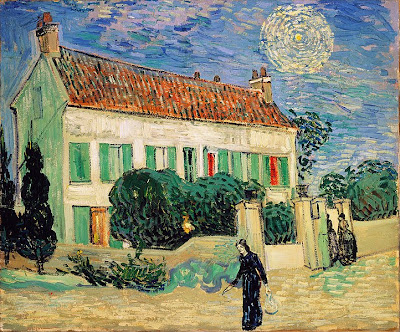
From literary proof we know that ancient Greek painting included portraiture, often highly accurate if the praises of writers are to be believed, but no painted examples remain. Sculpted heads of rulers and famous personalities like Socrates survive in some quantity, and like the individualized busts of Hellenistic rulers on coins, show that Greek portraiture could achieve a good likeness, and subjects were depicted with relatively little flattery - Socrates' portraits show why he had a reputation for being ugly. The successors of Alexander the Great began the practice of adding his head to their coins, and were soon using their own.
Roman portraiture adopted traditions of portraiture from both the Etruscans and Greeks, and developed a very strong tradition, linked to their religious use of ancestor portraits, as well as Roman politics. Again, the few painted survivals, in the Fayum portraits, Tomb of Aline and the Severan Tondo, all from Egypt under Roman rule, are clearly regional productions that reflect Greek rather than Roman styles, but we have a wealth of sculpted heads, including many individualized portraits from middle-class tombs, and thousands of types of coin portraits.
Much the largest group of painted portraits is the funeral paintings that survived in the dry climate of Egypt's Fayum district, dating from the 2nd to 4th century AD. These are almost the only paintings of the Roman period that have survived, aside from frescos, though it is known from the writings of Pliny the Elder that portrait painting was well recognized in Greek times, and practiced by both men and women artists. In his times, Pliny complained of the declining state of Roman portrait art, The painting of portraits which used to transmit through the ages the accurate likeness of people has entirely gone out laziness has destroyed the arts. These full-face portraits from Roman Egypt are fortunate exceptions.
They present a somewhat reasonable sense of proportion and individual detail. The Fayum portraits were painted on wood or ivory in wax and resin colors or with tempera, and inserted into the mummy wrapping, to remain with the body through time without end.
While free-standing portrait painting diminished in Rome, the art of the portrait flourished in Roman sculptures, where sitters demanded realism, even if unflattering. During the 4th century, the sculpted portrait dominated, with a retreat in favor of an idealized symbol of what that person looked like.















 During the later 14th century, International Gothic was the style that dominated Tuscan painting.
During the later 14th century, International Gothic was the style that dominated Tuscan painting.










